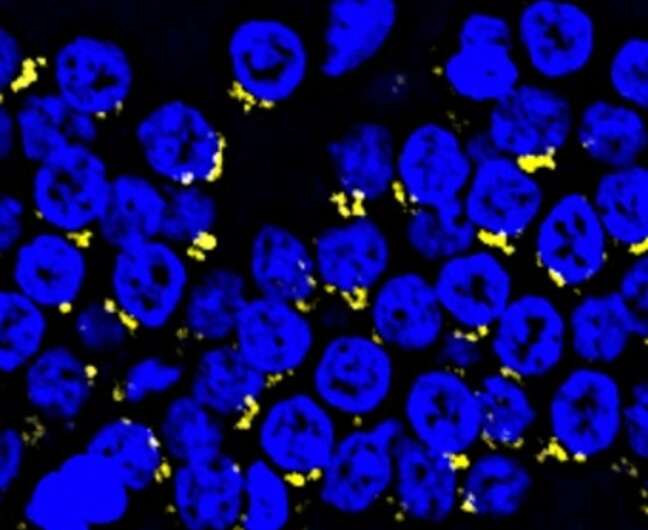Tick-tock in the brain: Scientists provide molecular insights into primate hippocampal aging

Deep inside our brain is a region called the hippocampus. It plays a crucial role in learning and memory, and its progressive deterioration with age is functionally linked to a variety of human neurodegenerative diseases. But what drives it down the path of aging?
The hippocampus is a complex structure with a highly heterogeneous cell composition, so it is difficult to accurately reveal the molecular regulatory networks of various cell types contributing to the aging process with traditional techniques. In addition, due to the ethical restrictions, it is difficult to obtain disease-free human brain tissues of both young and old ages. All these factors have limited our understanding of the aging mechanism in the human hippocampus, let alone the development of therapeutic interventions.
Using brain tissues from non-human primates (NHPs), the ideal model to mimic human hippocampal aging, scientists from the Institute of Zoology of the Chinese Academy of Sciences and Xuanwu Hospital Capital Medical University have worked jointly and established the first single-nucleus transcriptomic landscape of primate hippocampal aging, revealed the molecular mechanism of its functional deterioration with age, and provided a valuable resource for the identification of new diagnostic biomarkers and potential therapeutic targets for interventions against hippocampal aging and related human neurodegenerative disorders. This study entitled "Single-nucleus transcriptomic landscape of primate hippocampal aging" is published online in Protein & Cell in 2021.
In this study, the aged NHP hippocampus was found to demonstrate an array of aging-associated damages, including genomic and epigenomic instability, loss of proteostasis, as well as increased inflammation. To explore unique cellular and molecular characteristics underlying these age-related phenotypes, scientists generated a high-resolution single-nucleus transcriptomic landscape of hippocampal aging in NHPs. This landscape is composed of the gene expression profiles of 12 major hippocampal cell types, including neural stem cells, transient amplified progenitor cells (TAPC), immature neurons, excitatory/inhibitory neurons, oligodendrocytes, and microglia. Among them, TAPC and microglia were most affected by aging, as they manifested the most aging-related differentially expressed genes and those annotated as high-risk genes for neurodegenerative diseases.
In-depth analysis of the dynamic gene-expression signatures of the stepwise neurogenesis trajectory revealed the impaired TAPC division and compromised neuronal function, underlying the early onset and later stage of dysregulation in adult hippocampal neurogenesis, respectively. This landscape also enabled the researchers to unveil contributing factors to a hostile microenvironment for neurogenesis in the aged hippocampus, namely the elevated pro-inflammatory responses in the aged microglia and oligodendrocyte, as well as dysregulated coagulation pathways in the aged endothelial cells. This may aggravate the loss of neurogenesis in the aged hippocampus, and may lead to the further decline of cognitive function and the occurrence of neurodegenerative diseases.
This study established, for the first time, a comprehensive single-nucleus transcriptomic atlas of primate hippocampal aging, which provides extensive resources for the illustration of age-related molecular signatures at the single-cell level, including changes of internal factors and external microenvironment that contribute collectively to the impaired ability for neuronal regeneration in the old hippocampus. It has deepened our understanding of age-related changes in hippocampal structure and function, and identified cell types and molecules that are most susceptible in the aging process of hippocampus, thus enabling the identification of potential diagnostic biomarkers and therapeutic targets for neurodegenerative diseases associated with hippocampal aging.
More information: Hui Zhang et al, Single-nucleus transcriptomic landscape of primate hippocampal aging, Protein & Cell (2021). DOI: 10.1007/s13238-021-00852-9



















